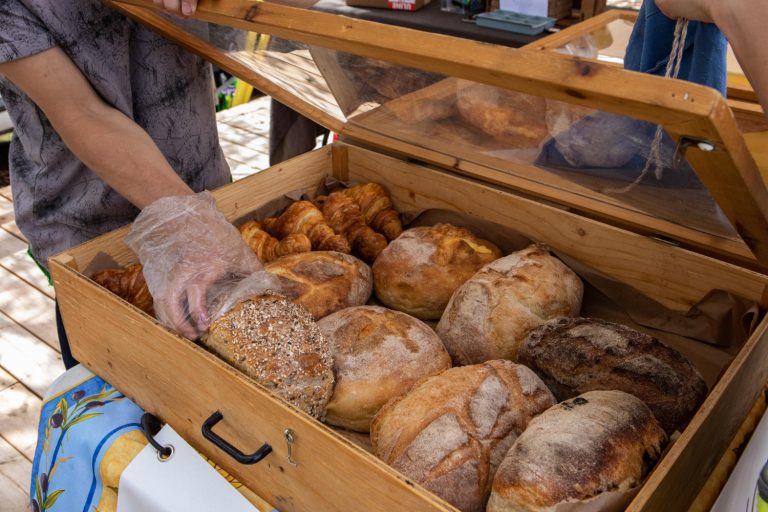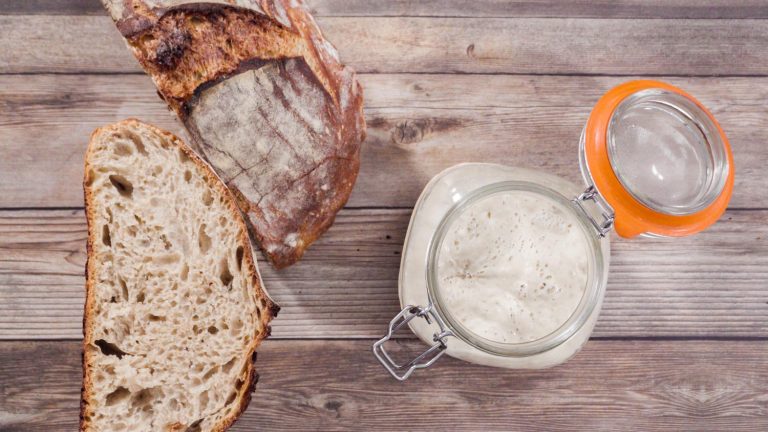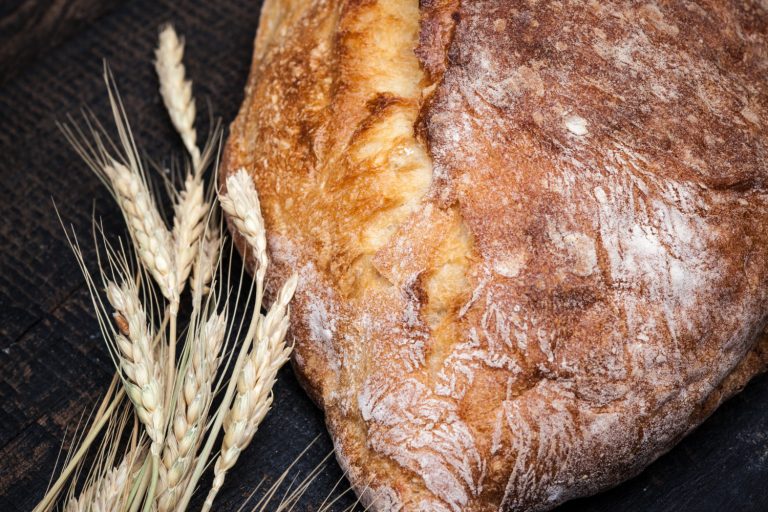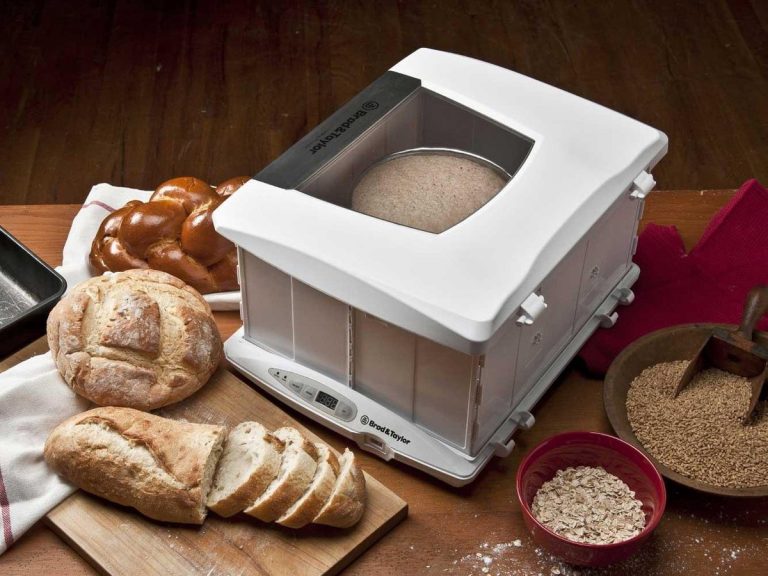How to Make the Perfect Custard Base for Bread Pudding
A well-made bread pudding custard turns simple bread into a fantastic dessert. Each spoonful brings pure delight to your taste buds. The custard base forms the heart of this classic comfort food. It determines whether your dessert will feel silky smooth or too dense. The perfect custard needs exact measurements and the right technique to create that rich, creamy texture everyone loves.
This complete guide shows you how to make the perfect custard base. You’ll learn about choosing the best ingredients and become skilled at the tempering process. The guide covers the right bread pudding custard ratio and exciting variations like chocolate chip and apple bread pudding. You’ll also find practical tips for sweet and savory versions. Whether you use day-old bread or leftover sourdough, these techniques help you consistently create restaurant-quality results.
Ingredients for the Perfect Custard Base
The perfect bread pudding custard begins with your choice and precise measurement of ingredients. Quality components and exact proportions make this classic dessert stand out.
Eggs
Eggs are crucial to any custard base. The perfect ratio for bread pudding custard is one large egg per cup of liquid. This combination will give a smooth, silky texture that doesn’t taste eggy. More giant desserts that use 36 ounces of bread need 9 eggs and 9 cups of liquid to create the perfect balance.
Milk and cream
You can adjust the liquid ingredients to create different levels of richness in your baking. Whole milk makes a great foundation, and adding heavy cream produces richer results. Bakers typically choose from these combinations:
- Half whole milk and half heavy cream to get the perfect richness
- All heavy cream when they want something extra special
- Whole milk by itself for a lighter texture
Sugar
Granulated sugar is the main sweetener in recipes and needs 2/3 to 1 cup for standard preparations. You can use brown sugar instead to create a deeper and more complex flavor. The sweetness level depends on your taste preferences and the other ingredients in the recipe.
Vanilla and spices
Vanilla extract is the foundation of flavoring, and 1 tablespoon works perfectly for a full recipe. These warming spices improve the custard’s depth:
- 1/2 teaspoon cinnamon
- 1/4 teaspoon nutmeg
- Optional: orange zest for citrus notes
- A pinch of salt to bring out all flavors
The right temperature matters a lot with these ingredients. Room-temperature ingredients blend better together and prevent curdling. This careful attention to ingredients and preparation creates the perfect base for a delicious bread pudding custard.
Preparing the Custard Mixture
Bread pudding’s success depends on how well you prepare its custard base. The right technique matters just as much as quality ingredients. Proper mixing will give a silky-smooth result that is free from scrambled egg pieces and lumpy texture.
Whisking the eggs
Take a large bowl and whisk the eggs really well until they homogenize. This original step forms the foundations of a smooth custard. The mixture should look uniform with no streaks of egg whites.
Heating the milk and cream
Place the milk and cream mixture in a saucepan and heat it gently. Do not allow the mixture to boil. The mixture reaches its ideal temperature when you see steam rising and tiny bubbles forming along the pan’s edges.
Tempering the eggs
Tempering is vital to prevent eggs from scrambling when mixed with hot liquid. Here’s everything you need to know:
- Take one cup of the hot milk mixture and slowly drizzle it into the beaten eggs while whisking with one hand
- Your whisking needs to be vigorous throughout this process
- Pour the remaining hot liquid into a steady stream
- The eggs must keep moving to spread heat evenly
- The mixture’s texture should be smooth and consistent without lumps
If small lumps develop, the custard can be saved by straining through a fine-mesh strainer.
Adding flavorings
The eggs need proper tempering before you add vanilla extract and chosen spices. At this stage, a classic bread pudding custard requires cinnamon and nutmeg. The mixture’s warmth helps release the spices’ full potential. Whisk continuously to distribute the flavorings evenly throughout the custard base.
The custard reaches perfection when it coats a spoon’s back and maintains a clean line as you run your finger through it. This nappe test confirms the right consistency before you assemble the bread pudding.
Assembling and Baking the Bread Pudding
A simple mixture of bread and custard becomes a delectable dessert through assembly and baking. This process creates a perfect balance between texture and flavor. Quality ingredients and proper techniques make this recipe a guaranteed success.
Choosing the right bread
Dried bread creates the perfect foundation for delicious bread pudding. Stale bread makes an excellent choice because it soaks up custard without turning mushy. These bread types work great:
- French bread or baguettes
- Challah or brioche
- Croissants or Danish pastries
- Italian bread or sourdough
Your fresh bread needs some prep work. Simply slice and dry it in a low-temperature oven until it becomes slightly crispy. Then, cut or tear the bread into equal, bite-sized cubes that soak and bake evenly.
Soaking the bread in custard
Add the custard slowly over the bread and let each layer soak in completely. The bread’s structure needs gentle folding to prevent it from becoming mushy. The bread requires at least 30 minutes to soak properly. Refrigeration overnight creates the perfect texture and enhances the flavors significantly.
Baking techniques
A water bath will give you even cooking results and prevent curdling. Place the baking dish in a larger roasting pan and add hot water halfway up the sides. The oven should be preheated to 350°F before you follow these steps:
- Cover the pudding with foil at the start
- Set it in the preheated oven with care
- Keep the water level steady while baking
- Take off the foil near the end to brown
- Watch it closely to avoid over-baking
Testing for doneness
A perfectly baked bread pudding has a golden brown top and is set firmly in the center. You can test its doneness by inserting a toothpick in the middle—a clean toothpick indicates it’s ready. The pudding’s internal temperature should reach 160-170°F. The top might brown too fast, so cover it loosely with foil and let it bake until the custard sets completely. Your pudding needs 10 minutes of cooling time to develop its ideal texture.
Serving and Storing Your Bread Pudding
The right serving and storage techniques significantly preserve bread pudding custard’s rich, creamy texture. The dessert’s delightful qualities remain intact through proper handling techniques that work for immediate serving or later storage.
Sauces and toppings
A perfect sauce will raise a simple bread pudding into an extraordinary dessert. Popular options include:
- Warm vanilla custard sauce
- Rich caramel drizzle
- Pure maple syrup
- Fresh berries with whipped cream
- Coffee or tea as accompaniments
Serving temperature
Bread pudding tastes delicious at different temperatures. You can enjoy it straight from the oven when it’s hot and comforting. It also works well at room temperature or chilled from the refrigerator as a cool treat. The pudding needs a 10-15-minute rest after baking to reach its perfect texture and flavor.
Storage Tips
Bread pudding stays fresh at room temperature for up to 4 hours when covered with a clean kitchen towel. It needs complete cooling before storage in an airtight container. Refrigerated bread pudding maintains its quality for 3-4 days.
The dessert can last up to 3 months in the freezer. Wrap individual portions or the whole pudding in a double layer of plastic wrap, then place in a freezer-safe container. Remember to label the container’s date to track freshness.
Reheating methods
Each reheating technique delivers different results. Here’s the quickest way to get the best outcome:
- Oven method (best for whole portions):
- Preheat to 350°F
- Cover with foil
- Heat for 20-30 minutes
- Remove foil for the last 5 minutes
The microwave works well for individual portions—heat in 30-second intervals at 50% power. The air fryer, at 350°F for 5-8 minutes, creates a crispy top. Always ensure the internal temperature reaches 165°F to maintain food safety.
Food safety requires overnight thawing of frozen portions in the refrigerator before warming. Avoid reheating bread pudding multiple times, as this can compromise its texture and flavor quality.
Conclusion
Making perfect bread pudding custard needs precise measurements, proper technique, and careful temperature control. Each step connects to the next. The process starts with quality ingredients, moves through proper ratios, and requires patient, skilled tempering. These basic elements create that silky-smooth texture and rich flavor you want in great bread pudding. Proper baking techniques ensure your results stay consistent.
Bread pudding’s versatility shows how well it works with various breads and serving temperatures. This classic dessert fits any occasion perfectly. Quality ingredients make the biggest impact. Bakers who want to elevate their creations can get amazing results with authentic artisanal sourdough starter from The Yeast We Can Do—just email john@theyeastwecando.com to get yours. You can confidently create this comfortable dessert with the proper techniques and premium ingredients. Your guests and family will love it straight from the oven or stored for later.
FAQs
What should I do if my custard base is too runny?
Extend the cooking time on the stovetop to thicken a runny custard base. Follow the specified cooking time in your recipe closely, continuing until the custard begins to bubble. Avoid using thickening agents as they are generally not necessary.
What are the main ingredients in custard filling?
The custard filling is primarily made from eggs, milk, and sugar. These ingredients combine to create the smooth and creamy texture characteristic of custard.
Which ingredient is crucial for thickening custard?
Eggs are essential for custard because of their thick and velvety texture. However, some recipes might also include thickeners like cornstarch or arrowroot to enhance the richness.
What ingredients are used to make bread pudding sauce?
The sauce for bread pudding typically includes whole milk (though low-fat can be substituted), heavy cream for a creamy texture, granulated sugar, and cornstarch, which acts as a thickener.






